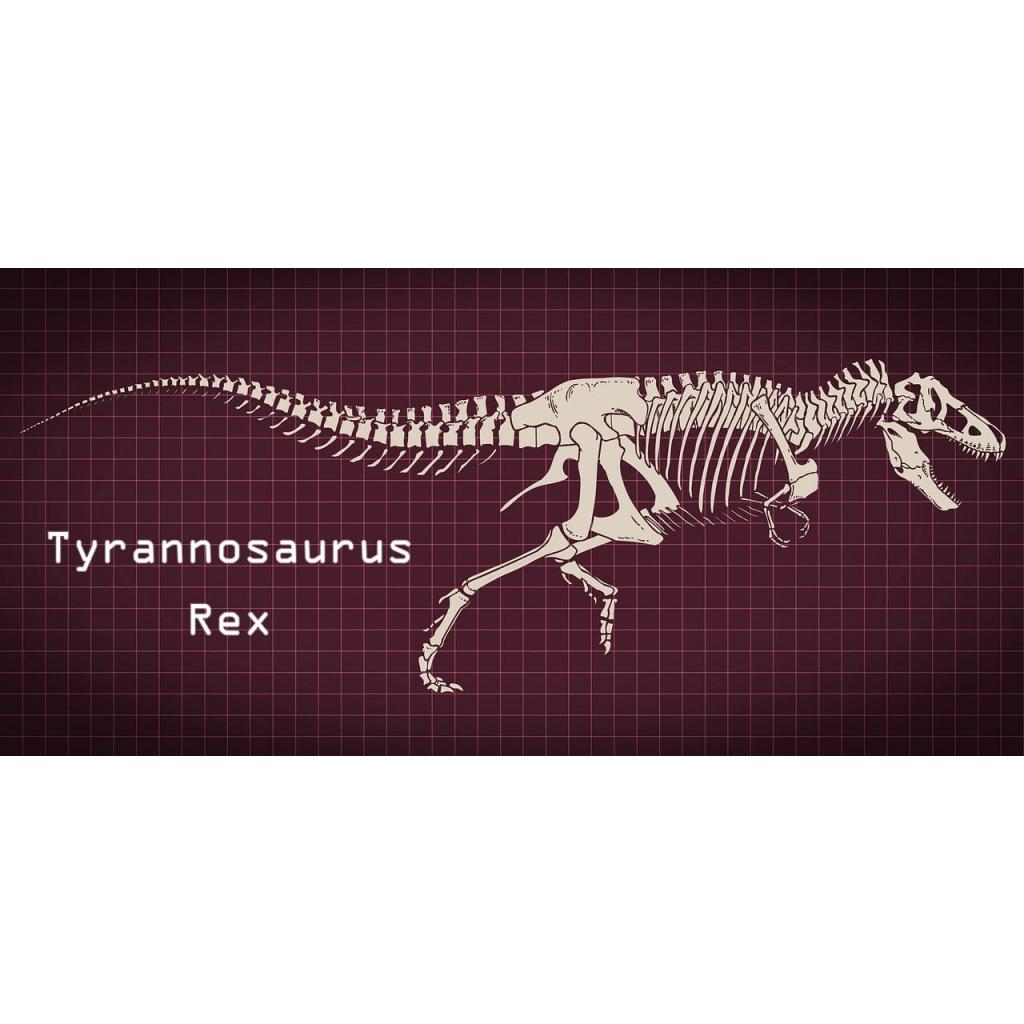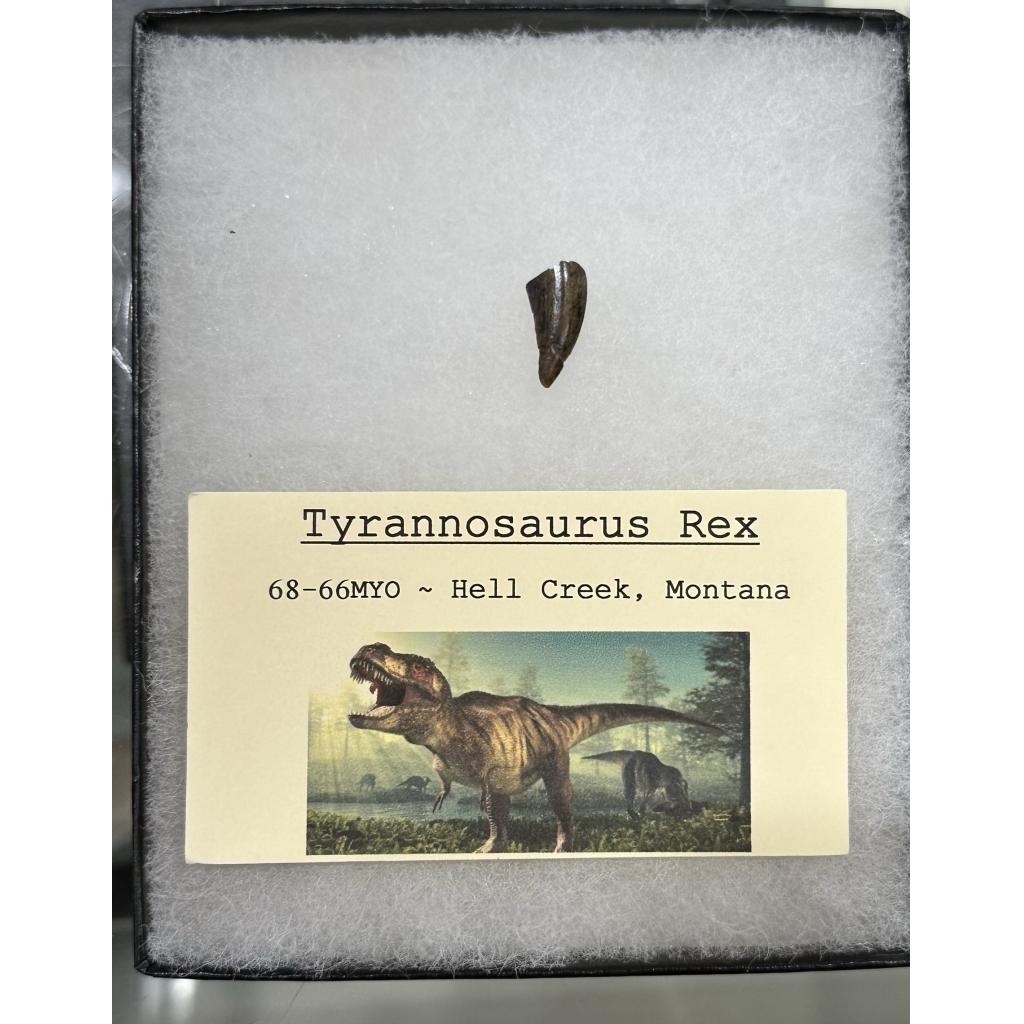
The Tyrannosaurus rex, or T. rex, was one of the most iconic and fearsome dinosaurs that ever roamed the Earth during the Late Cretaceous period, around 68 to 66 million years ago. Its name, Tyrannosaurus rex, means “tyrant lizard king” in Latin, reflecting its powerful and imposing presence.
T. rex was a large theropod dinosaur, belonging to a group of carnivorous, two-legged dinosaurs. It stood on two powerful hind limbs, had a massive tail for balance, and short, stubby arms with two-fingered hands. Despite its small arms, T. rex had a large head with powerful jaws filled with serrated teeth, some as long as 9 inches (23 cm), designed for tearing flesh.
One of the defining features of T. rex was its size. It was among the largest carnivorous dinosaurs, with estimates suggesting it could reach lengths of up to 40 feet (12 meters) and stand about 15 feet (4.6 meters) tall at the hips. Its weight could range from 9,000 to 15,500 pounds (4,100 to 7,000 kilograms), making it a formidable predator.
T. rex was an apex predator, meaning it was at the top of the food chain in its ecosystem. Its powerful jaws and robust teeth allowed it to take down large herbivorous dinosaurs, such as Triceratops and Edmontosaurus. Its keen sense of smell and vision likely contributed to its success as a hunter.
Scientists believe that T. rex was not a fast runner, despite its powerful legs. Estimates suggest it could reach speeds of up to 20 miles per hour (32 km/h), which might have been sufficient for capturing prey or scavenging. However, T. rex’s strength likely lay in its ability to deliver a powerful bite, capable of crushing bones.
The lifestyle of T. rex is a subject of ongoing scientific debate. Some researchers believe it was primarily a scavenger, relying on carcasses for food, while others argue that it was an active predator. Recent evidence suggests that T. rex may have been an opportunistic feeder, engaging in both hunting and scavenging.
The extinction event that occurred around 66 million years ago, marking the end of the Cretaceous period, led to the demise of the dinosaurs, including T. rex. The most widely accepted theory suggests that a large asteroid impact, combined with volcanic activity, caused drastic environmental changes, leading to the extinction of many species, including the mighty T. rex.
The Tyrannosaurus rex was a remarkable dinosaur that captured the imaginations of people worldwide. Its imposing size, powerful jaws, and potential role as a top predator or scavenger make it a fascinating subject of study in the field of paleontology. The legacy of T. rex continues to endure, leaving an indelible mark on our understanding of Earth’s prehistoric past.

